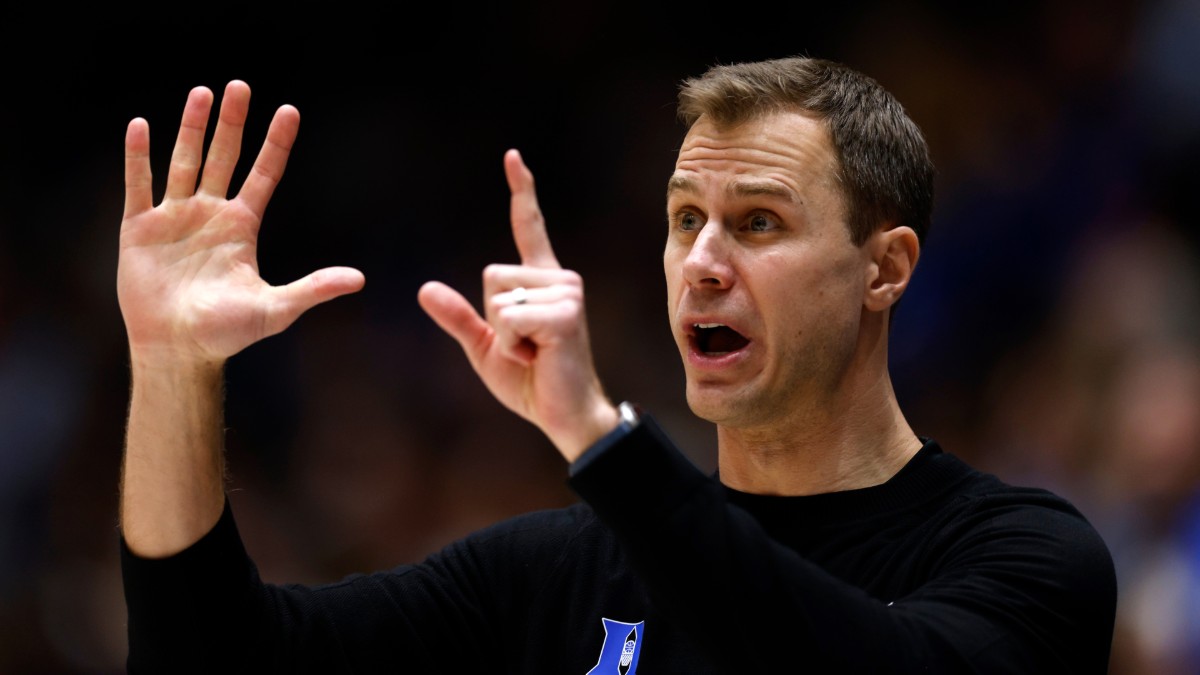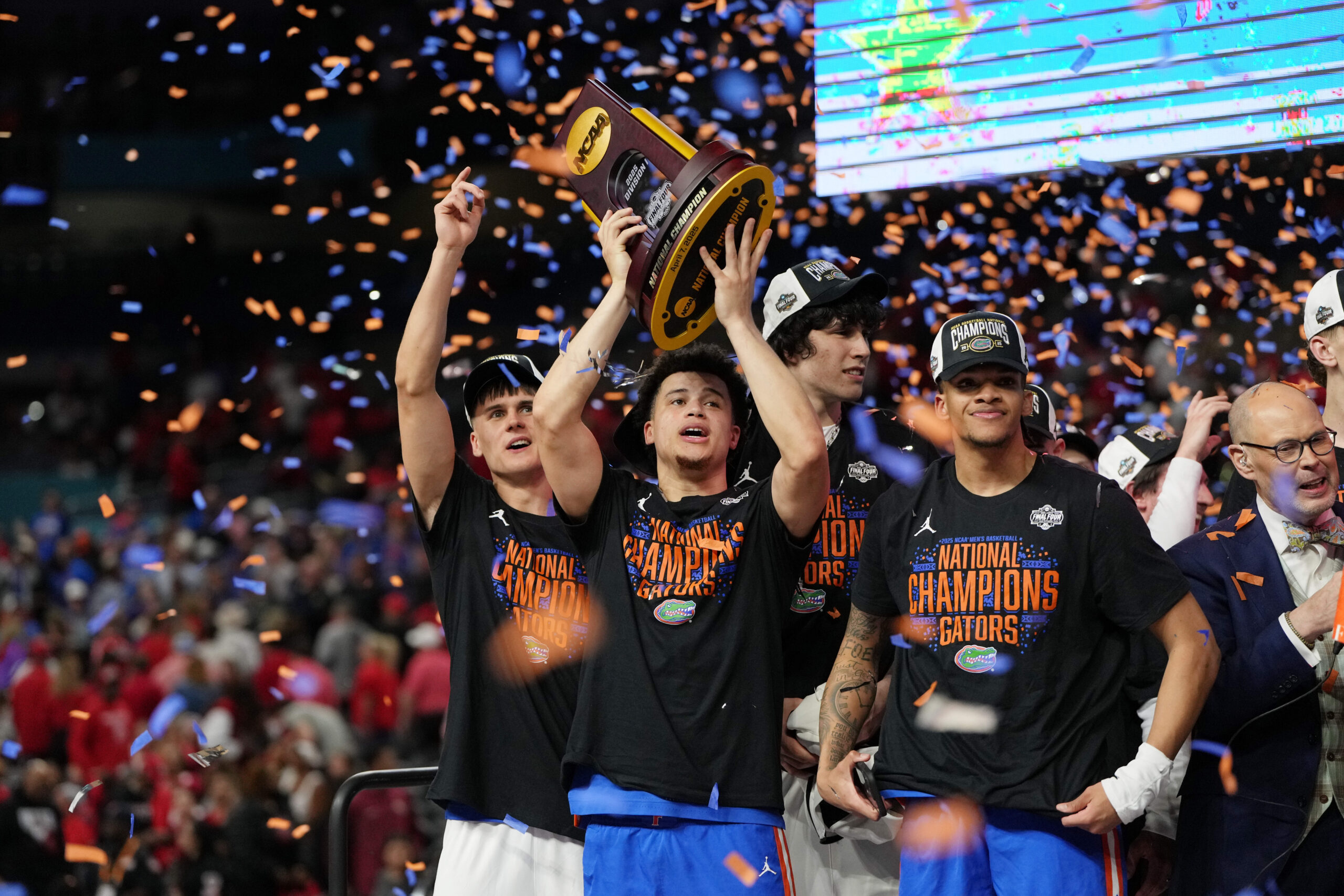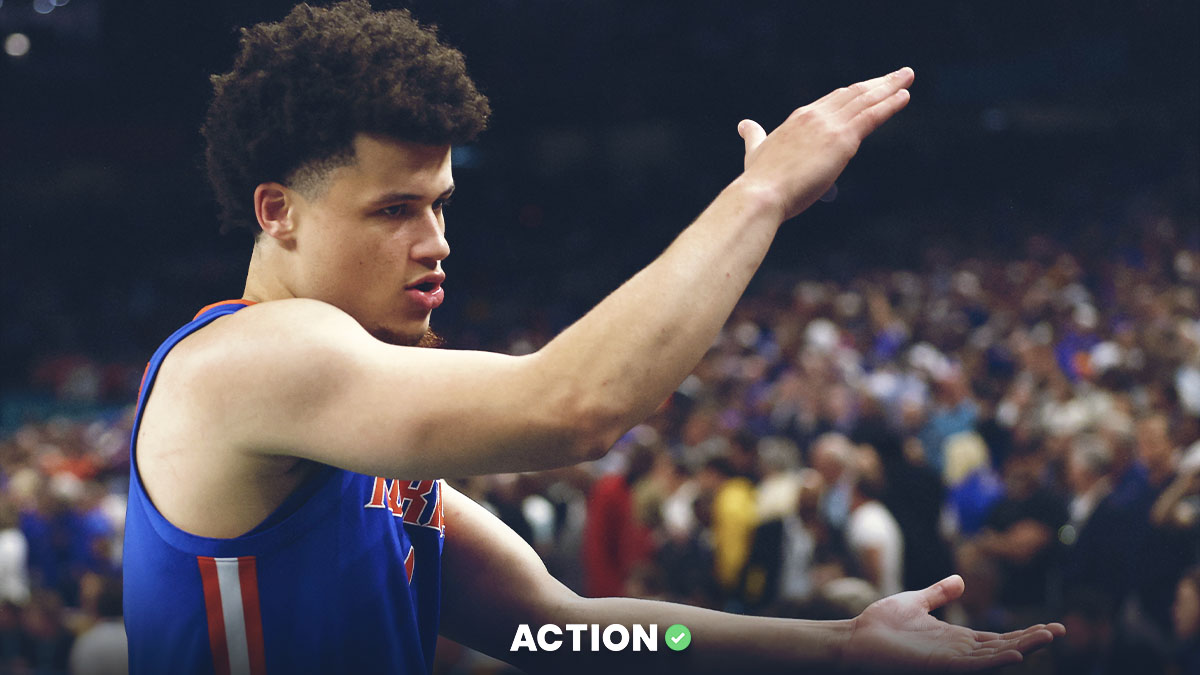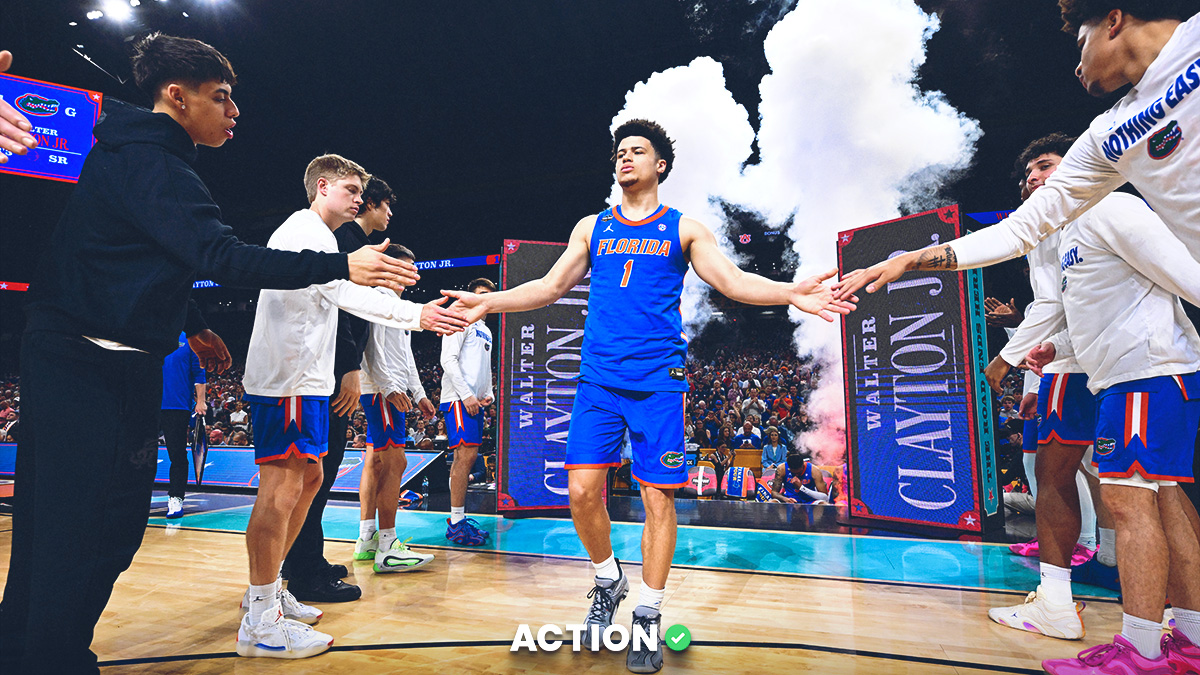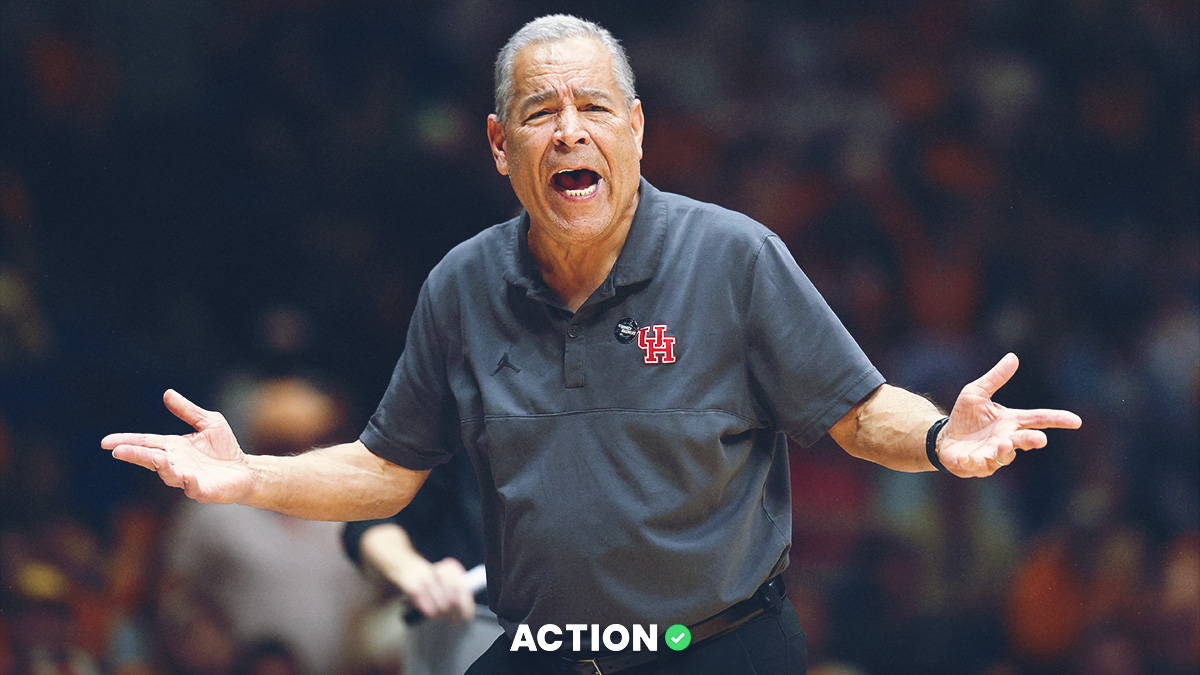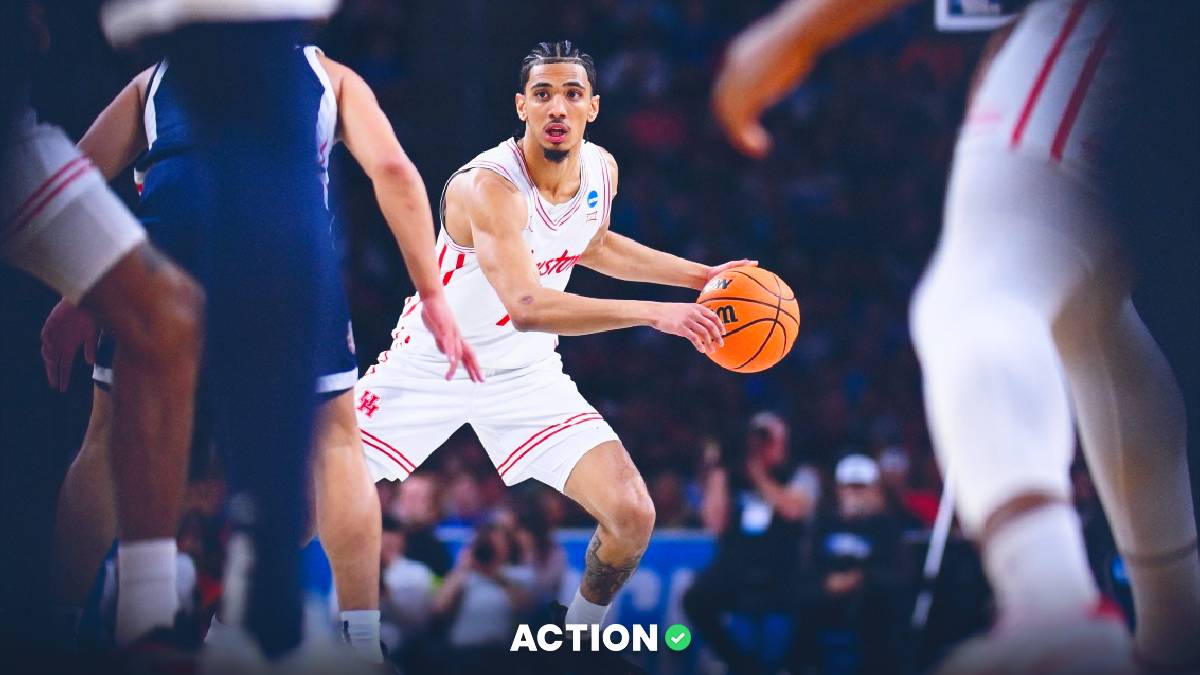We now have a full two-season sample size of Duke in the post-Coach K world. The team and roster are becoming Jon Scheyer’s more each day.
So, as we approach the second March of Scheyer’s tenure, I feel it’s an appropriate time to dissect how the team has changed and evolved since the retirement of the Devils’ legendary coach.
Let’s discuss some of the most significant differences I’ve noticed, and how it'll impact the Blue Devils on North Carolina betting apps in March.
Duke Basketball's Tempo
The most prominent difference between Mike Krzyzewski and Scheyer is Duke’s pace of play.
You probably remember Coach K’s Blue Devils running opponents off the court. Those Blue Devils regularly played 70-plus possession games while scoring prolifically in transition.
Scheyer’s Blue Devils have played between 65 and 67 possessions since the start of last season, and they’re most comfortable in those slower-paced game scripts.
This year, Duke has played five games exceeding 70 possessions, and the Blue Devils lost three (Arizona, North Carolina, Arkansas). They’re 20-3 in every other game.
The Blue Devils have allowed over 15 fast-break points thrice and lost all three (North Carolina, Arizona, Pitt). They’ve allowed fewer than 10 fast-break points 19 times, winning 17.
Since Scheyer took over, the Blue Devils are averaging just under 10 fast-break points per game. They were closer to 14 per game under Coach K in the four preceding years.
Similarly, the Blue Devils have become an elite transition denial defense, allowing under eight fast-break points on under 10 transition opportunities per game this season.
As such, opponents have been slowed down. Duke’s 18-second average defensive possession length is sub-300th nationally, a slow mark Coach K never touched.
The Scheyer shift from up-tempo to slow-paced is largely a result of aggression.
Coach K’s defenses pressed heavily, thus allowing fewer 3-point attempts but surrendering more offensive rebounds. His offenses crashed the offensive boards relentlessly, thus surrendering more grab-and-go fast-break opportunities.
Between 2016 and 2022, the Blue Devils never finished better than 176th nationally in defensive rebounding rate.
Scheyer’s Blue Devils finished 69th last season and rank 34th this year. His defenses eschewed second-chance points in favor of fast-break denial.
Between 1997 and the end of his tenure – 25 total seasons – Coach K’s Blue Devils finished top-25 nationally in 3-point rate allowed 22 times.
Scheyer’s Blue Devils sunk to 130th in his debut year and currently rank 180th this season.
Coach K’s Blue Devils pressed at an above-average rate every season between 2014 and the end of the coach's tenure, peaking with an 83rd-percentile press coverage frequency in 2015.
Scheyer’s Blue Devils have pulled out press coverage on 283 possessions since he took over, which ranks around the 40th percentile of D-I teams.
Ultimately, Scheyer’s two-way philosophy is based more on half-court than open-court play.
So, let's dive into Scheyer’s half-court philosophy.
More Roll
Coach K’s Blue Devils loved scoring on the fast-break and via second-chance points.
His half-court philosophy was more nuanced, varying and adjusted with roster construction. He leaned heavily into post-up sets with Vernon Carey Jr. He used more secondary actions with RJ Barrett, Cam Reddish and Zion Williamson. He loved leveraging Paolo Banchero in isolation ball during his swan song season.
But Scheyer does one thing Coach K rarely did – lean heavily into ball-screen creation.
Specifically, Scheyer’s team revolves around secondary actions in the screen-and-roll game, primarily leaning on Kyle Filipowski’s versatile roll-man ability.
Filipowski is the perfect short- and hard-roll man. He’s generating 1.2 PPP when hard-rolling to the basket (24-for-37 shooting, 65%) and just over 1.2 PPP as a pick-and-pop big (17-for-34 3-point shooting, 50%) while dishing out over three assists per game on the short-roll.
Kyle Filipowski is still expanding his game as a perimeter shooter, but his processing speed makes him a lethal hub — great '0.5' decision-making as a passer and driver. Fantastic read off the short-roll to hit Tyrese Proctor on the weak-side for 3 pic.twitter.com/lYQq0fpfhJ
— Parker Fleming (@PAKA_FLOCKA) February 29, 2024
His interior scoring prowess drags defenses to the interior, opening up the perimeter for Jeremy Roach (48% from 3 this season), Jared McCain (42%) and Tyrese Proctor (36%). That trio runs plenty of secondary off-ball screening actions on the perimeter while Kyle works the block, and Filipowski generally finds the open shooter.
His perimeter shooting prowess drags big men out of position, opening up the rim for drives and cuts from guys like Mark Mitchell and Ryan Young (combined 113 points on 91 cutting possessions, 1.25 PPP).
Scheyer’s Blue Devils rank in the 94th percentile of teams in roll-man frequency. The last Coach K team to rank above average in ball-screen frequency was the 2014 squad led by Quinn Cook, Rodney Hood and Jabari Parker.
The 2013 squad led by Seth Curry and Mason Plumlee was the final Coach K squad to heavily utilize ball-screen creation.
Does it Mean Anything?
The main takeaways from the Krzyzewski-to-Scheyer transition:
- Duke plays slower on offense.
- Duke creates through the half-court, short-roll more.
- Duke crashes the boards less, instead opting to deny transition buckets and slow down opposing offenses.
- Duke plays less aggressively on defense, pressing less and allowing more 3s while grabbing more defensive rebounds.
Does this mean Duke is in a better spot than before?
Not necessarily. Duke is still a top-10 offense and a top-25 defense, and the Blue Devils have improved substantially in the former in Scheyer’s second season.
The main takeaway is how to view the new Blue Devils in game-by-game and tournament settings.
The Blue Devils are in trouble if they catch a team that can effectively speed them up – like North Carolina or Arizona did.
But if the Blue Devils can effectively control the pace against an ineffective transition-reliant offense, they should win comfortably.
If these Blue Devils catch a team that can’t effectively defend interior ball-screen creation, they’ll be just fine.
I'm curious about how the slower tempo affects the future of the Blue Devils. Theoretically, fewer possessions with more 3-point attempts allowed create higher-variance games.
For example, last year’s second-round game. Tennessee shot 9-for-21 from 3 (43%) in a sub-60 possession game and won 65-52. The two teams combined for five fast-break points.
That would never happen in Coach K’s day.


